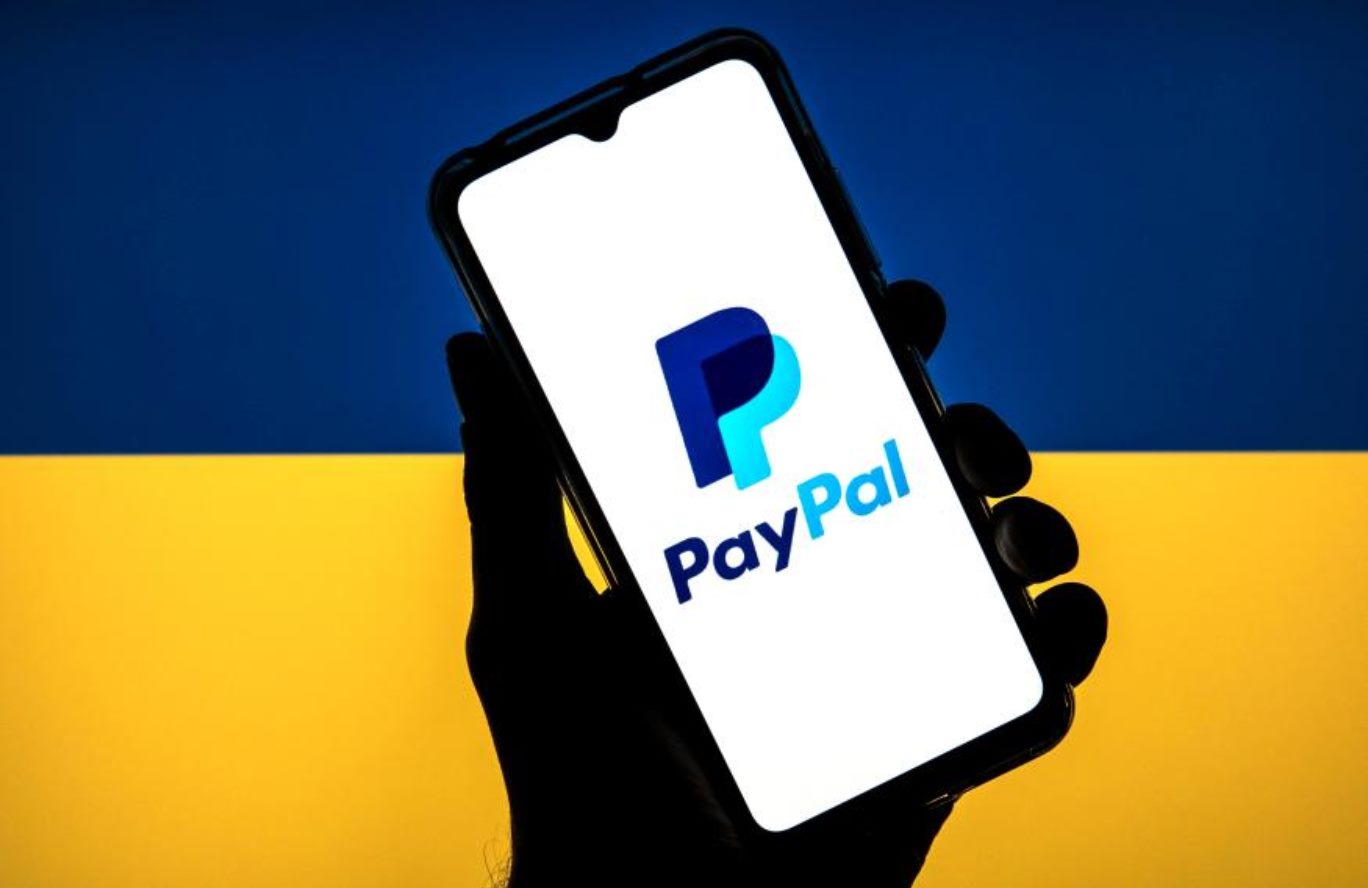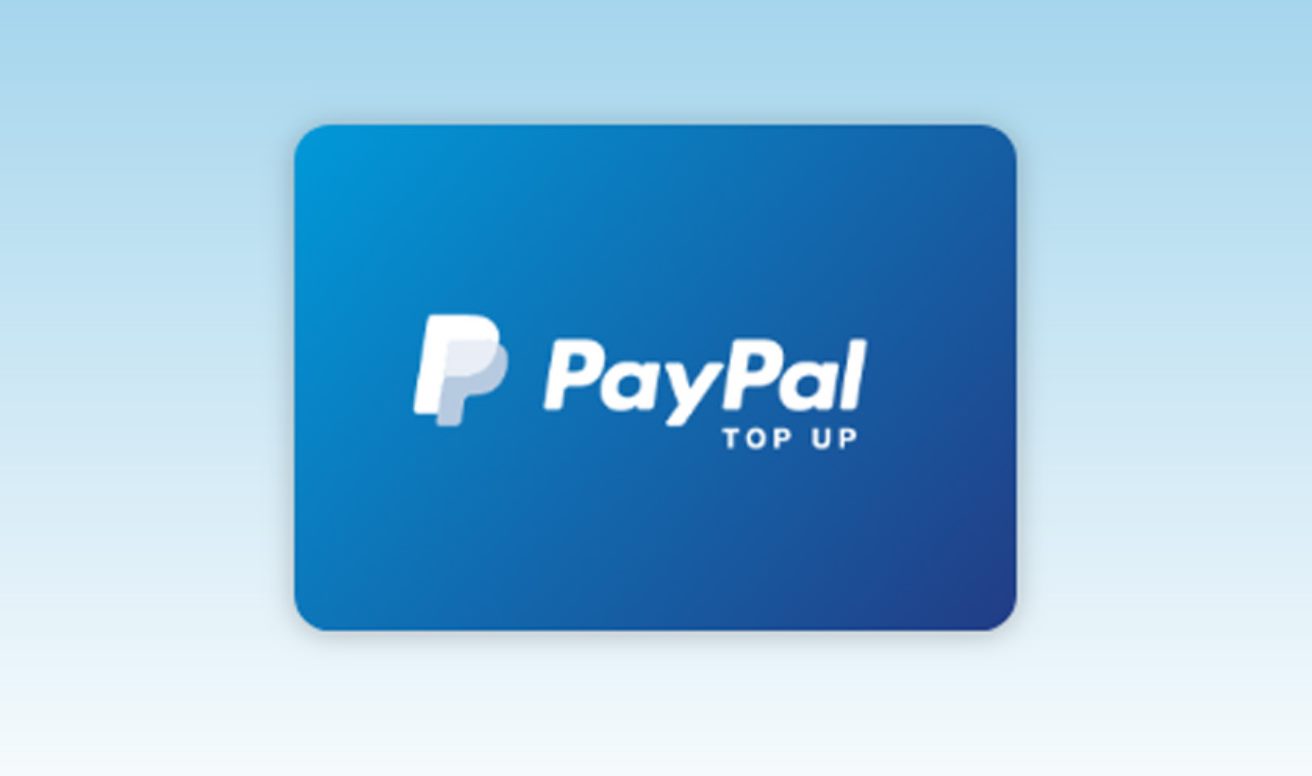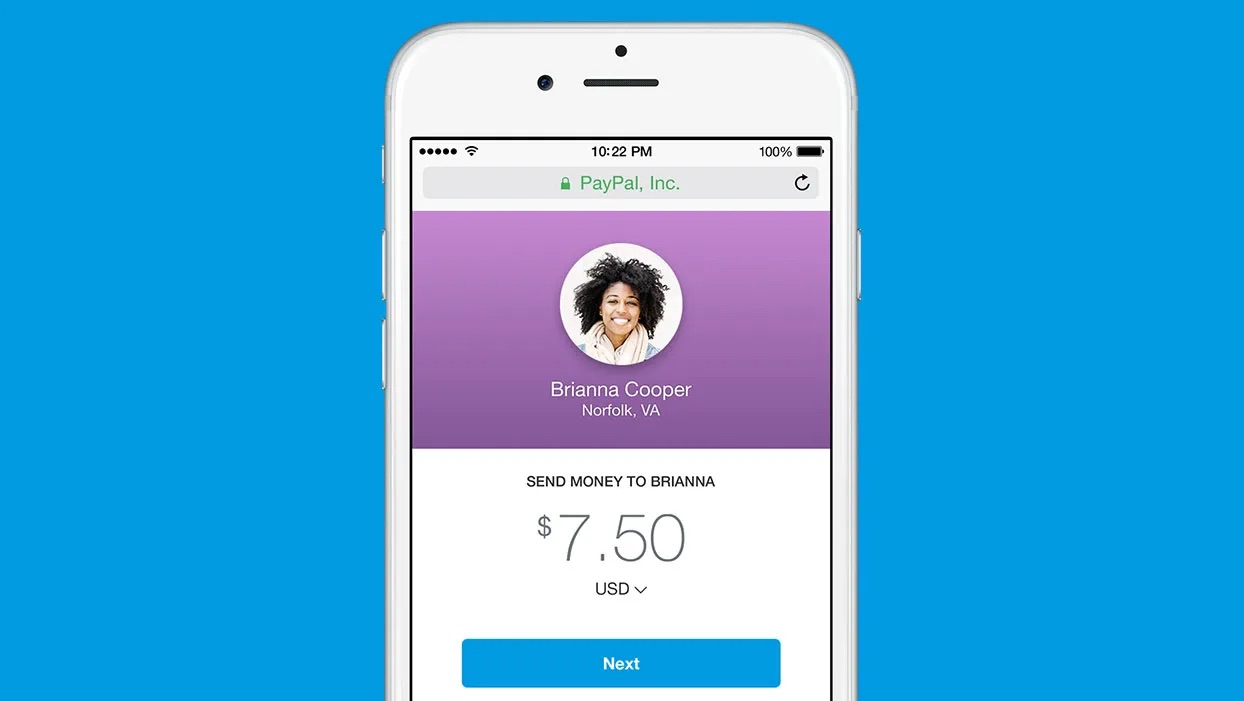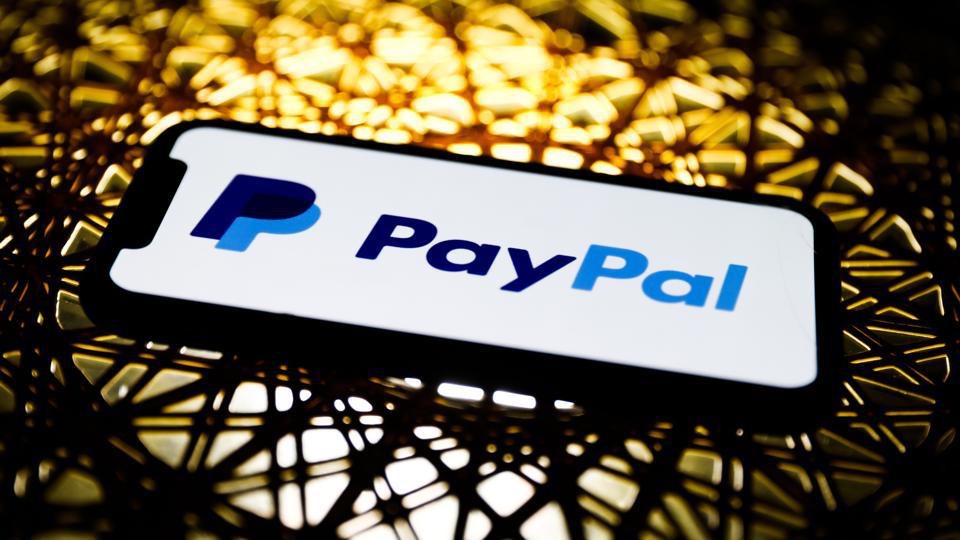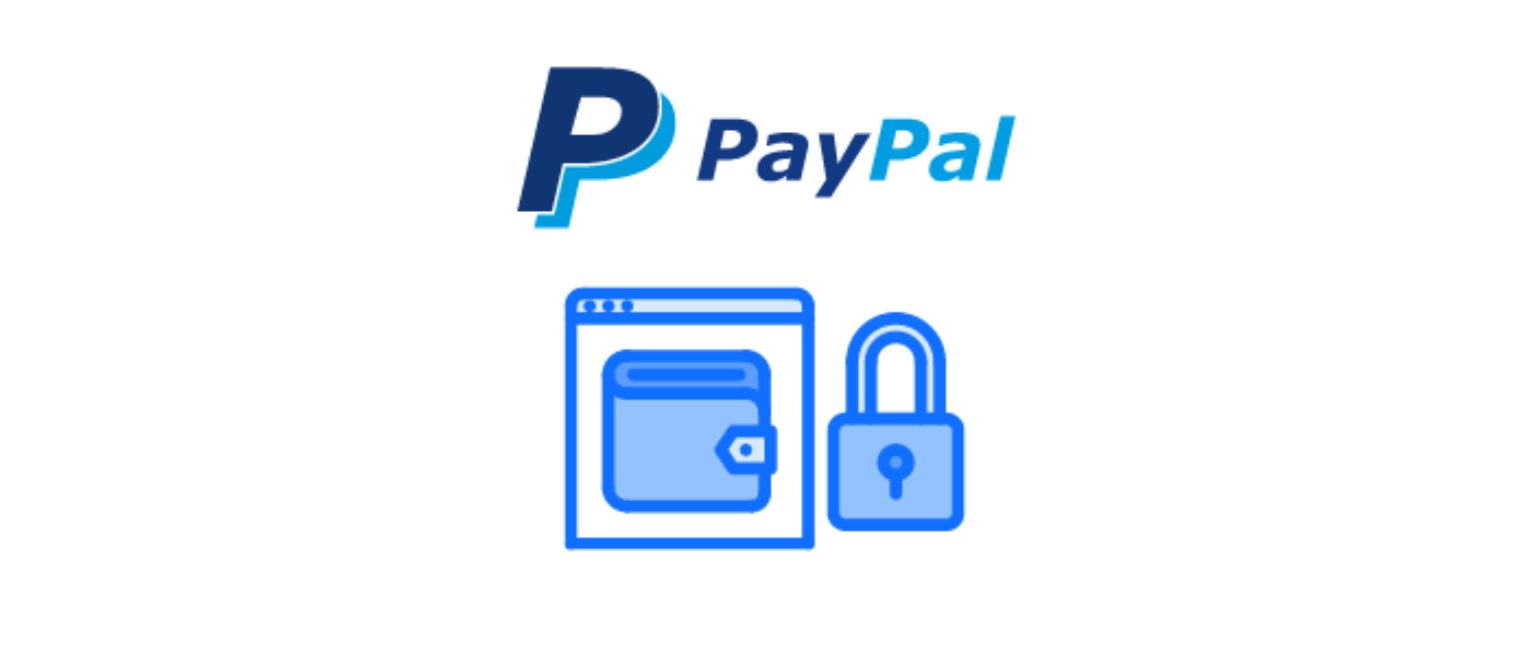Introduction
Welcome to our guide on PayPal Goods and Services fees. If you are an online merchant or someone who frequently engages in financial transactions, understanding the fees associated with using PayPal’s Goods and Services feature is essential. As one of the most popular online payment platforms, PayPal offers a convenient way to send and receive money for goods and services worldwide. However, it’s important to know the fees involved to avoid any surprises or unexpected deductions.
In this article, we will explore the various fees charged by PayPal for using the Goods and Services feature, both for domestic and international transactions. We will also touch upon any additional charges or fees that you need to be aware of. Additionally, we will provide information on how you can calculate the total fees for a transaction and discuss some alternatives to PayPal that may offer lower fees.
Whether you’re a small business owner, an individual selling items online, or someone who frequently makes purchases using PayPal, understanding these fees will help you make more informed decisions and manage your finances effectively. So, let’s dive in and explore the details of PayPal Goods and Services fees.
What are PayPal Goods and Services fees?
Before we delve into the specifics of PayPal Goods and Services fees, let’s first understand what this feature entails. PayPal offers two primary types of accounts: Personal and Business. Goods and Services is a feature available to both types of accounts, allowing users to send and receive payments for the exchange of goods or services.
When you use the Goods and Services feature, PayPal charges a fee for each transaction as a way to sustain and improve its services. These fees can vary based on the type of transaction and the currency involved. It’s important to note that the fees associated with Goods and Services are typically borne by the seller or the recipient of the funds.
The Goods and Services feature offers several advantages, such as buyer and seller protection, dispute resolution, and enhanced security. These benefits provide a level of confidence and assurance for both parties involved in the transaction.
Now, let’s delve into the details of the fees associated with PayPal Goods and Services.
Domestic Transactions: For transactions within the same country or region, PayPal charges a standard fee of 2.9% of the transaction amount, plus a fixed fee based on the currency used. This fixed fee may vary depending on the country or region, so it’s essential to refer to PayPal’s official website for the most up-to-date information.
International Transactions: In the case of cross-border transactions, PayPal charges a 4.4% fee of the transaction amount, plus a fixed fee based on the currency used. Similarly to domestic transactions, the fixed fee for international transactions may vary depending on the country or region involved. Again, referring to PayPal’s official website is crucial for accurate and current information.
It’s important to factor in these fees when conducting business or making purchases through PayPal to ensure you have a clear understanding of the costs involved. Now that we have covered the basic overview of PayPal Goods and Services fees, let’s explore any additional fees or charges you should know about.
How much is the fee for domestic transactions?
When it comes to domestic transactions, PayPal charges a standard fee for using their Goods and Services feature. The fee consists of a percentage of the transaction amount, as well as a fixed fee based on the currency used.
The standard fee for domestic transactions is 2.9% of the transaction amount. This means that if you sell an item for $100, PayPal will deduct $2.90 as a fee for using their service. In addition to the percentage fee, there is also a fixed fee that varies based on the currency used.
For example, in the United States, the fixed fee for domestic transactions is $0.30. So, in addition to the 2.9% fee, there will be an additional $0.30 deducted from the transaction amount.
Let’s consider an example to better understand how these fees work. Imagine you sell a product for $50 using PayPal’s Goods and Services feature. The 2.9% fee on this transaction will amount to $1.45. In addition, the fixed fee of $0.30 will be applied, resulting in a total fee of $1.75. Therefore, your final payout from the transaction will be $48.25.
It’s worth noting that PayPal’s fee structure may vary slightly depending on the country or region where the transaction takes place. Therefore, it’s essential to consult PayPal’s official website for the most accurate and up-to-date information regarding their fees.
Now that we have covered the fees for domestic transactions, let’s move on to discussing the fees associated with international transactions.
How much is the fee for international transactions?
For individuals and businesses engaged in international transactions, PayPal charges a different fee structure compared to domestic transactions. The fees for international transactions are slightly higher to account for additional complexities and currency conversions.
When conducting an international transaction using PayPal’s Goods and Services feature, the fee consists of a percentage of the transaction amount and a fixed fee based on the currency used.
The standard fee for international transactions is 4.4% of the transaction amount. This means that if you sell an item for $100 in an international transaction, PayPal will deduct $4.40 as a fee for using their service. Similar to domestic transactions, there is also a fixed fee that varies based on the currency used.
For instance, let’s consider a scenario where you sell a product for $50 in an international transaction. The 4.4% fee on this transaction will amount to $2.20. In addition, there will be a fixed fee specific to the currency involved in the transaction. It’s crucial to consult PayPal’s official website for the current fixed fee rates for international transactions.
It’s important to note that in addition to the fees charged by PayPal, there may be additional costs related to currency conversion. PayPal uses their exchange rates when converting currency, and these rates may differ from the market rates. Keep this in mind when conducting international transactions to ensure you have a clear understanding of the total costs involved.
As with domestic transactions, the fee structure for international transactions may vary slightly depending on the country or region. Therefore, it’s recommended to refer to PayPal’s official website for the latest fee information specific to your location.
Now that we have covered the fees for international transactions, let’s move on to discussing any additional fees or charges you should be aware of.
Are there any additional fees or charges?
In addition to the standard fees for using PayPal’s Goods and Services feature, there may be some additional fees or charges that you should be aware of. These fees can vary depending on the specific circumstances of your transaction.
One additional fee to consider is the chargeback fee. A chargeback occurs when a buyer disputes a transaction and requests a refund through their payment provider or credit card company. If a chargeback is initiated and the dispute is resolved in favor of the buyer, PayPal may charge a fee to the seller for the transaction reversal.
PayPal also offers optional services that may incur additional fees. For example, if you choose to use PayPal’s Seller Protection program, there may be a fee associated with this added layer of security. Similarly, if you require additional features or services for your business, such as PayPal’s invoicing or website payment tools, there may be separate fees for these services.
It’s important to carefully review the terms and conditions and any additional fees associated with the specific features or services you choose to use on PayPal. By being aware of these potential fees upfront, you can effectively manage your finances and avoid any unexpected deductions.
Furthermore, when conducting international transactions, it’s essential to consider any additional fees or charges related to currency conversion. As mentioned earlier, PayPal applies their exchange rates when converting currencies, and these rates may differ from the market rates. This can result in additional costs when sending or receiving funds in a different currency.
Keep in mind that fees and charges can vary based on your location and the specific terms and conditions set by PayPal. To get the most accurate and up-to-date information on additional fees or charges, it’s recommended to refer to PayPal’s official website or contact their customer support.
Now that we have discussed the potential additional fees and charges, let’s move on to exploring how you can calculate the total fees for a PayPal transaction.
How can you calculate the total fees for a transaction?
Calculating the total fees for a transaction on PayPal is a straightforward process once you understand the fee structure and any additional charges involved. By following a simple formula, you can accurately calculate the fees that will be deducted from your transaction amount.
Here is a step-by-step guide on how to calculate the total fees for a PayPal transaction:
- Determine the transaction amount: This is the total value of the goods or services being purchased or sold.
- Identify the type of transaction: Determine whether the transaction is a domestic or international transaction.
- For domestic transactions:
- Apply the percentage fee: Multiply the transaction amount by the percentage fee (2.9%) to calculate the fee amount.
- Add the fixed fee: Add the fixed fee amount (for example, $0.30 in the United States) to the fee amount derived from the previous step.
- For international transactions:
- Apply the percentage fee: Multiply the transaction amount by the percentage fee (4.4%) to calculate the fee amount.
- Add the fixed fee: Add the fixed fee amount applicable to the currency used for the transaction.
- Consider any additional fees or charges: Take into account any chargeback fees, optional service fees, or currency conversion fees that may apply to your specific transaction.
- Add up all applicable fees: Add up the fees calculated in the previous steps, along with any additional fees, to determine the total fees for the transaction.
- Calculate the final payout: Subtract the total fees from the original transaction amount to arrive at the final payout amount.
By going through these steps, you can gain clarity on the fees associated with your PayPal transaction and ensure that you have a comprehensive understanding of the costs involved.
Now that we have discussed how to calculate the total fees for a PayPal transaction, let’s explore some alternatives to PayPal that may offer lower fees.
What are the alternatives to PayPal for lower fees?
While PayPal is a widely-used and convenient payment platform, its fees can sometimes be a concern for individuals and businesses looking to minimize transaction costs. Fortunately, there are several alternative payment processors that offer lower fees and competitive features. Here are a few popular alternatives to PayPal:
- Stripe: Stripe is a popular payment processor known for its developer-friendly tools and competitive pricing. They offer transparent pricing with a simple fee structure, charging 2.9% + 30 cents per successful transaction. Stripe also supports international payments and provides robust documentation and support for integrating their payment solution into websites and applications.
- Authorize.Net: Authorize.Net is another prominent payment gateway that offers flexible payment solutions for businesses of all sizes. Their fees start at 2.9% + 30 cents per transaction, similar to PayPal. However, they offer volume-based discounts, allowing businesses to potentially reduce fees based on their transaction volume.
- TransferWise: If you frequently deal with international transactions and want to minimize currency conversion fees, TransferWise is worth considering. TransferWise offers competitive exchange rates and lower fees compared to traditional banks or PayPal. They charge a small percentage fee, typically around 0.5% – 2%, depending on the currency conversion involved.
- Payoneer: Payoneer is primarily known for its cross-border payment services, making it an attractive option for freelancers, businesses, and online marketplaces. They offer competitive fees and various payout options, including bank transfers and prepaid Mastercard® cards. Payoneer fees vary depending on the specific services and transaction types, so it’s advisable to review their fee schedule for accurate information.
- Square: Square is a comprehensive payment solution that provides a range of tools, including point-of-sale systems and e-commerce integrations. With Square, you can accept payments in person, online, or through mobile devices. Their fees start at 2.6% + 10 cents per transaction for in-person payments and 2.9% + 30 cents per online transaction, making them an affordable option for small businesses.
When considering alternative payment processors, it’s crucial to evaluate your specific business needs, transaction volume, and any additional features you require. Reviewing the fee structures and comparing them to your expected transaction volume can help you choose the most cost-effective option.
It’s worth noting that fees and features can vary, so it’s recommended to conduct thorough research, read customer reviews, and consult the respective payment processor’s official website for the most accurate and up-to-date information.
Now that we have explored some alternatives to PayPal with potentially lower fees, let’s conclude our guide on PayPal Goods and Services fees.
Conclusion
In conclusion, understanding PayPal Goods and Services fees is essential for anyone conducting online transactions. PayPal offers a convenient platform for sending and receiving payments, but it’s important to be aware of the fees involved to effectively manage your finances.
We explored the fees for both domestic and international transactions, with PayPal charging a standard fee of 2.9% for domestic transactions and 4.4% for international transactions. Additionally, there are fixed fees based on the currency used, which may vary depending on the country or region. It’s crucial to consult PayPal’s official website for the most accurate and up-to-date information on fees.
We also discussed the potential for additional fees, such as chargeback fees, optional services fees, and currency conversion fees. These fees can vary depending on the circumstances of your transaction and the features you choose to utilize on PayPal.
If you are looking for alternatives to PayPal with lower fees, we highlighted a few popular options such as Stripe, Authorize.Net, TransferWise, Payoneer, and Square. It’s important to consider your specific business needs, transaction volume, and required features when evaluating alternative payment processors.
Calculating the total fees for a PayPal transaction involves understanding the fee structure and any additional charges. We provided a step-by-step guide to help you accurately calculate the fees deducted from your transaction amount.
Remember to always review the terms and conditions, fee schedules, and relevant documentation provided by payment processors to stay informed about the latest fees and features.
By having a comprehensive understanding of PayPal Goods and Services fees and exploring alternative options, you can make informed decisions that align with your financial goals and minimize transaction costs.
Now that you are equipped with this knowledge, you can navigate your online transactions with confidence and efficiency.







